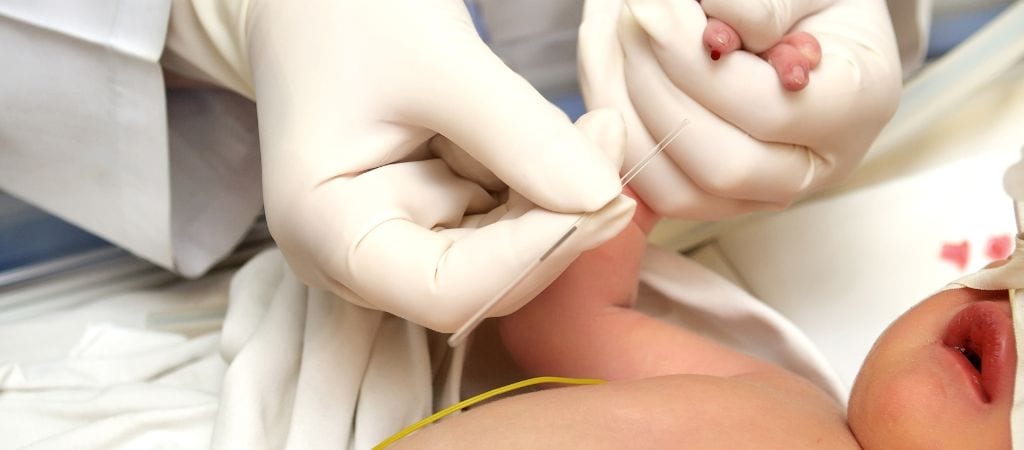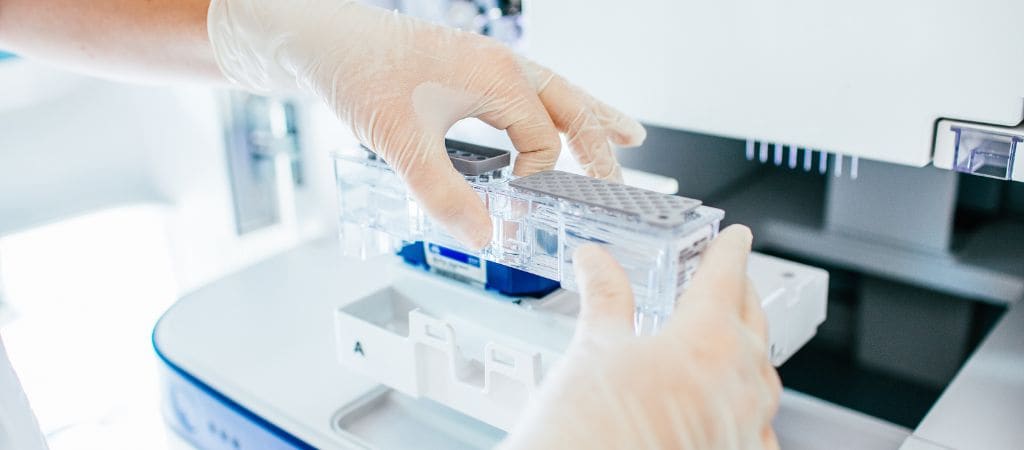
During a telehealth appointment , a patient tells her primary care physician that she is experiencing intense gastrointestinal pain. Last weekend she went camping and during the course of the weekend swam in a lake, drank water from a mountain stream and cooked chicken over an open fire – all potential causes for concern. Could it be salmonella? E. coli? Giardia? Something else? Without multiplex PCR testing, definitively answering that question could be time consuming, adding to the considerable discomfort the patient was experiencing. Fortunately, multiplex gastrointestinal PCR panels exist to detect a variety of bacterial, toxin and viral targets, including salmonella, E. coli and giardia – all in one test!
The rise of syndromic analyzers
Syndromic analyzers allow for the simultaneous detection of multiple pathogens with panels for gastrointestinal, respiratory, women’s health, STD, central nervous system and blood infections. They are quickly replacing single pathogen assays. While the ability to test for different pathogens is not new, the array of targets that can be reliable tested using multiplex tests has been growing rapidly. Multiplex testing – as this is often called – is widely established but has mostly been confined to larger labs because the instruments needed to process the assays are very expensive.
Introduction of microfluidics to multiplex syndromic testing

The neonatal heel prick, also known as a dermal puncture, blood sample.
Proven Expertise, From Concept to Market
The benefits of multiplex syndromic testing are many: fewer antibiotic prescriptions; shorter patient stays; lower healthcare costs. These tests can be especially valuable for cancer, critical care and mental health patients in gastroenterology, respiratory and blood culture applications.
Aside from the high cost of multiplex lab analyzers, one of the challenges of first-generation multiplex assays is the volume of sample needed. For example, early detection of genetic disorders in newborns may allow an early and permanent cure.
A low birthweight newborn may only have 50ml of blood so taking 10% for testing is far too risky. That’s where next generation syndromic assays using microfluidic cartridges can offer a significant benefit because a much smaller sample is required, allowing multiplex screening that may not be practical using traditional methods.
Lowering costs and improving patient outcomes
Smaller samples, less reagent, smaller cartridges and compact analyzers allow these next generation multiplex tests to be offered in more settings including clinics, hospitals and doctor’s offices. Tests offer excellent sensitivity and specificity, comparable to much larger lab systems and clinicians love the quick turnaround which can improve patient outcomes and the bottom line.
Another important benefit of next generation syndromic tests using microfluidic chip platforms is that they are easy to use and require less training. Outside large labs, clinical staff are often generalists and don’t have the expertise needed to operate more complex molecular testing equipment so making the sample loading process and results interpretation as easy as possible is key.
_________________________________________________________
Benefits of syndromic testing incorporating microfluidic chip technology
o Lower system cost; wider availability
o Smaller samples required to amplify target
o Far less reagent use
o Compact benchtop analyzer
o Faster turnaround
o Full automation
o Little training required; simple user interface
_________________________________________________________
Enabling the next generation of multiplex molecular diagnostic tests

Modern diagnostic equipment for multiplex analysis at Point of Need
Currently, many syndromic analyzers in the market are based on complex fluidic automation solutions and first-generation microfluidic technologies. Next generation microfluidic technology continues to grow in sophistication. There are a number of recent advancements in microfluidics that make this possible:
- New reagent integration techniques (liquid and dry reagents)
- Microfluidic multiplexing components (e.g., microvalves)
- Scalable manufacturing techniques (microinjection molding and biocompatible bonding methods)
These advancements, combined with the integration of smart electronic readers, allow microfluidic manufacturing companies to integrate the entire workflow in a point of care format, but with the additional advantage of testing different analytes and samples on the same device.
With new advances in industrial microfluidic devices, liquid handling, novel sample preparation techniques and new assays and biomarkers, second generation syndromic devices will reduce overall costs by simplifying workflows, allowing more panels to be processed in the same run, and shortening test result analyses. These advances provide an ideal match for point-of-care applications - allowing for cartridges that are less expensive, more portable and more accessible to a wider patient population.
Miniature thermocyclers are an emerging (albeit not new) technology that is helping to speed up tests using ultrafast RNA and DNA amplification (e.g., PMR, LAMP) with the same or better sensitivity and specificity as tests run on far more expensive lab equipment, which are important for ensuring that the patient is placed on the proper course of treatment as soon as possible
_________________________________________________________
Issues with multiplex IVD testing
For all the benefits syndromic multiplex IVD testing offers, it is not without some drawbacks. The increasing ease with which tests can be administered combined with the speed of testing can result in the overuse of testing. Sometimes too many pathogens are detected, making it hard to distinguish between an infection and colonization. As the technology develops, such issues will diminish.
_________________________________________________________
Microfluidics and the potential to bring multiplex testing to the masses
While care needs to be taken not to promote overreliance on testing, the application of microfluidic chip technology in syndromic testing heralds an exciting new chapter in diagnostic testing. As costs come down and more targets become available, tests previously only available in urban areas will become more accessible in small clinics and labs in rural areas. The positive implications for speed of diagnosis and patient care are exciting.

